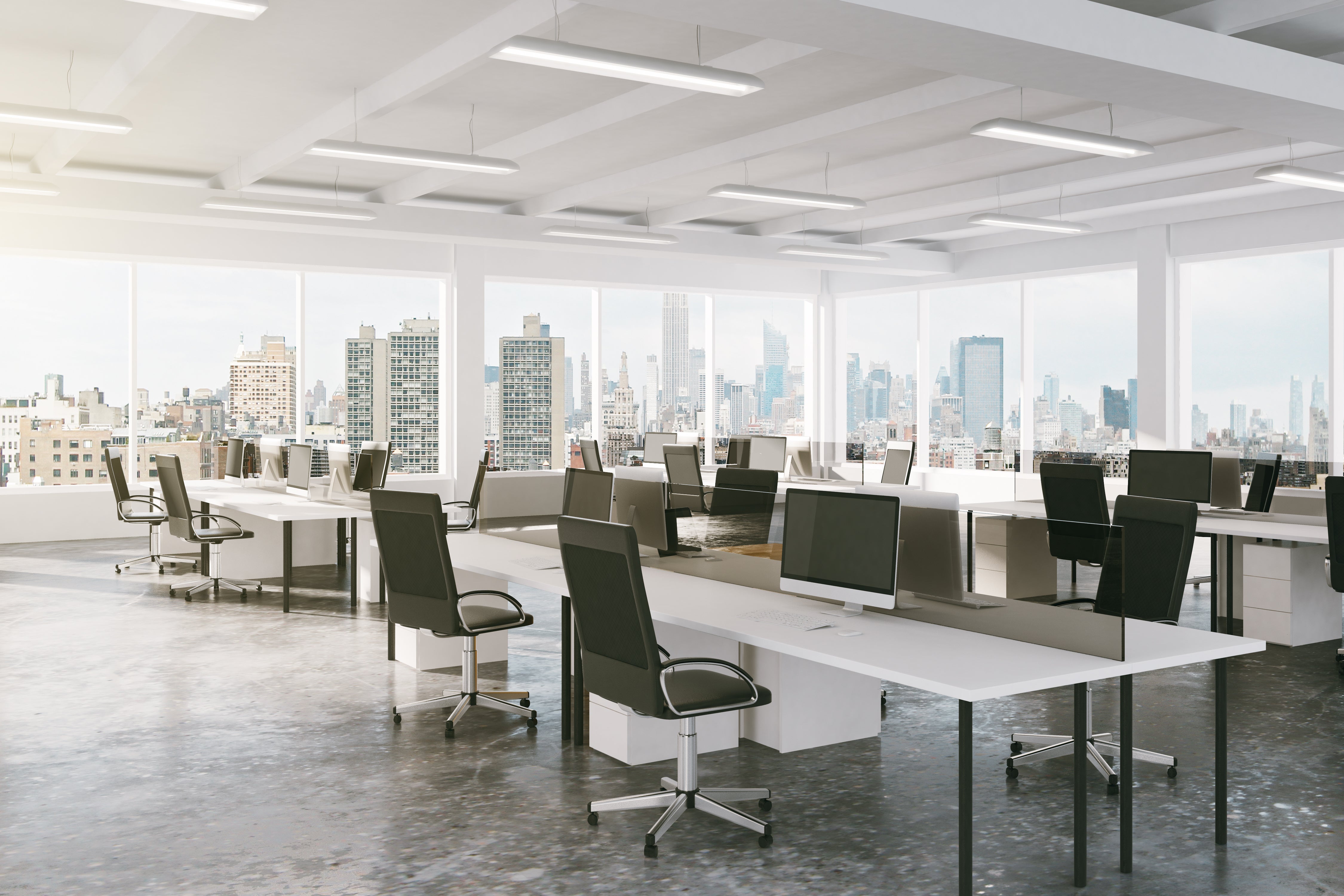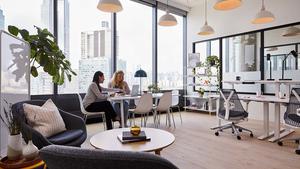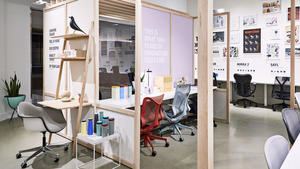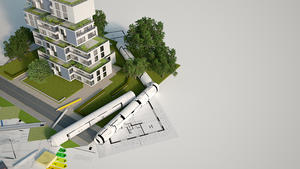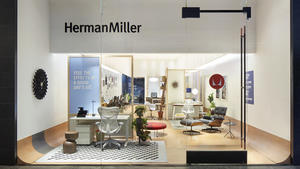Last year was a tough one for commercial interior designers. As bars, restaurants, hotels and workplaces were abandoned almost overnight, the future looked shaky for those whose livelihood relies on creating those spaces. But according to a new report released by the International Interior Design Association this week, things may be looking up.
The IIDA’s annual compensation report surveys more than 2,000 commercial interior design professionals on salaries and benefits, using demographics like education, firm type, location and accreditation to gauge the industry’s health and general direction. This year’s average annual base salary was $78,300—only a slight tick upward, considering that number jumped from $73,300 in 2016 to $78,100 in 2018. According to the report, this could be the sign of a plateau, caused by the pandemic and its effect on the economy, or by managers who seek to retain employees rather than bring in new talent.
Naturally, this year’s report also came with an entire bonus section focused on the effects of the pandemic. According to Cheryl Durst, IIDA’s executive vice president and CEO, understanding the survey’s methodology is key to making sense of its findings.
Since participants were surveyed in September 2020, Durst explains, the results are a snapshot from that moment in time. The study found that one in 25 respondents had been furloughed or laid off in the spring or summer due to the pandemic, but 7 percent of that group had already returned to work or found new employment at the time the survey was conducted. Dispatches from earlier in the pandemic projected a much worse state of affairs—a ThinkLab survey from mid-April found that 50 percent of respondents in A&D, manufacturing and distribution businesses had enacted some form of layoffs, furloughs or pay cuts. According to Durst, the IIDA report caught the industry at the beginning of an upward curve.
“In the recovery phase—post-recession, [after] any kind of major chaotic event where the economy is disrupted—typically, the trajectory is upward,” says Durst. “All of the economic indicators are pointing to the rehiring of folks who have been laid off, and furloughs for the most part in our industry have been discontinued.”
After the contract industry’s initial derailment, the conditions of the past year actually accelerated several pre-COVID trends. Multidisciplinary design, for example, first took off in the wake of the 2008 housing crisis and recession as firms expanded beyond corporate workplaces and into retail, health care and hospitality in order to diversify their businesses. In the wake of the pandemic, these are the firms that have best weathered the storm—employees of multidisciplinary architecture and design firms reported the highest increases in average salary, up by $3,600 in median salary from 2018.
According to Durst, this diversity is an asset right now, especially as the lines between the spaces we inhabit become increasingly blurred. Taking the same cue as multidisciplinary firms, commercial brands have been breaking into the residential realm (for example, West Elm’s collaboration with Steelcase or Patricia Urquiola’s with Haworth, and pushes from office brands Herman Miller and Humanscale to attract home office buyers), and the past year of working from home has only solidified that crossover.
Plus, Durst says clients are more interested in hiring tech-savvy design firms with the ability to design their digital presence in addition to their physical spaces. As the overlap increases between home and work, and in-person and virtual experiences, the need for design is ubiquitous.
“Firms are creating studios based on the multiple needs of their clients, and that’s where [versatility] comes in. It’s thinking about design with a capital D—all aspects of design,” she says. “Interior designers have been well-prepared to be multidisciplinary for over a decade. Instead of just looking at one aspect of a project, interior designers are looking at the entire experience of a human being in a space.”
Another good indicator for the commercial industry’s future is the growing interest in sustainability and wellness—stoked by the premium the pandemic has placed on health and well-being. Design regulations around health and environmental impact typically take root in California and the western U.S., Durst says, before making their way across the country. These added regulations prompt more designers to seek out additional certifications—a minor hassle that pays off big. According to the survey, commercial designers with CID, NCIDQ or LEED certification reported a median salary $17,000 greater than those without. In general, designers in western regions had the largest salary growth rate in the country, increasing by 13 percent from 2016 to 2020, compared with the Northeast’s 4.6 percent increase.
Life may have seemed simpler when the IIDA released its last report, but that’s not necessarily a good thing. The pandemic dropped the industry into a pressure cooker, fast-tracking trends and making design more complicated, but Durst says these challenges may be a blessing in disguise: “Complexity breeds opportunity. That bodes really well for our industry.”
Homepage photo: ©peshkov/Adobe Stock















